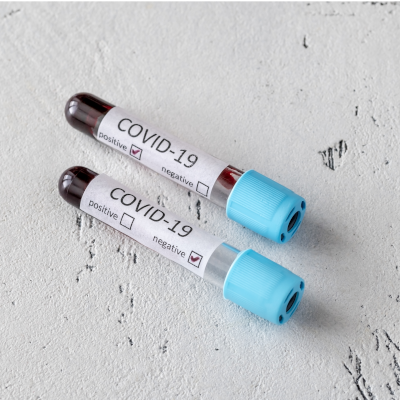We’re all hearing daily about how much COVID-19 testing is taking place and how many people are diagnosed or cleared from it. The test result is certainly of critical importance to the individual; however, just as important is the population-wide data at the city, state and national level. After testing takes place, laboratories performing reportable infectious disease testing have the responsibility of informing the local public health department regarding positive results and supporting information for epidemiologic case work. Public health departments then forward statistics up to a national level. 
During the recent Spring LOINC1 conference, a representative from the Association of Public Health Laboratories (APHL) reiterated the steps taken throughout 57 states and territories to assure messaging was correct and in place for the CDC SARS-CoV-2 testing kits distributed by the CDC. It was a Herculean inter- and intraorganizational preparation to support the electronic communication for hundreds of thousands of data elements in reporting SARS-CoV-2 RNA results to national stewards such as the CDC, the Council of State and Territorial Epidemiologists (CSTE), the Association of State and Territorial Health Officials (ASTHO) and the Office of National Coordinator Health Information Technology (ONCHIT). The following timeline describes what is in place now in the public health systems of the United States and territories.
LOINC terms were made available for special use on January 30th for the CDC and World Health Organization assays (they targeted two different genetic regions of the virus). In early February, they created example PHLIP messages with approved LOINC terms, and sent out Lab Alert #6 with newly approved LOINC codes and instructions for message validation. They started validating test messages with public health laboratories, and within two weeks, 29 labs were sending validated structured messages for SARS-CoV-2. By March 1, 35 labs had moved to production with HL72 messaging to CDC. On March 26, 57 states and territories public Health Laboratories had completed validation and were sending production data to CDC.
Before COVID-19, the Public Health Laboratory Interoperability Project (PHLIP) was already in place for reporting influenza and respiratory virus surveillance data. This messaging dates back to 2006 with the WHO Global Influenza Surveillance Network. Public health laboratories use the APHL Informatics Messaging Services (AIMS) to transmit data to CDC’s Influenza program. The AIMS network is already used by the 50 states and national reference laboratories, with monitoring by CSTE, ASTHO, ONCHIT as well as CDC. In addition to influenza, AIMS is used for the enteric virus surveillance system and several other programs. Think of it like a post office, you address your envelope and AIMS routes the message where it needs to go. The states can also interact with each other, and the AIMS system houses the Reportable Condition Knowledge Management System for electronic case reporting.
The APHL Informatics team helps with mapping to terminology, apply guidelines to transport messages in PHLIP, assist in validating messages in testing suite environment, monitor parallel production before finally going live in messaging. The team visited sites and provides virtual support to meet these urgent objectives. Most of the epidemiology data is also coded, with value sets for ethnicity, patient location, dates of possible exposure, dates of travel and much more. The existing system was expanded to add COVID-19, and APHL has an FAQ page for public health labs for mapping the CDC test kits. 3M is offering free assistance to identify the correct LOINC term for the genetic target(s) detected in the laboratory’s SARS-CoV-2 RNA assay.
It is fortunate that some infrastructure exists and can be leveraged for public health reporting in the COVID-19 crisis. However, coverage is far from 100%, as much of the public health communications still occur by paper and fax. The CDC recognizes we need data to move faster than the disease – piecemeal systems cannot keep up with a pandemic virus. It is good news that the CDC receives $500 million for a Data Modernization Initiative in the Coronavirus Aid, Relief, and Economic Security (CARES) Act.
- LOINC stands for Logical Observations Identifiers Names and Codes; the standard has been in use for 25 years. Public health reporting requires LOINC identifiers as “computerized name tags” for laboratory values, to identify what the target of analysis was, the specimen, result format, and other pertinent information, enabling data interoperability, computation and other secondary data uses.
- HL7 stands for Health Level 7; it is a widely adopted, international healthcare messaging standard, established through consensus among standards developers from multiple organizations.


